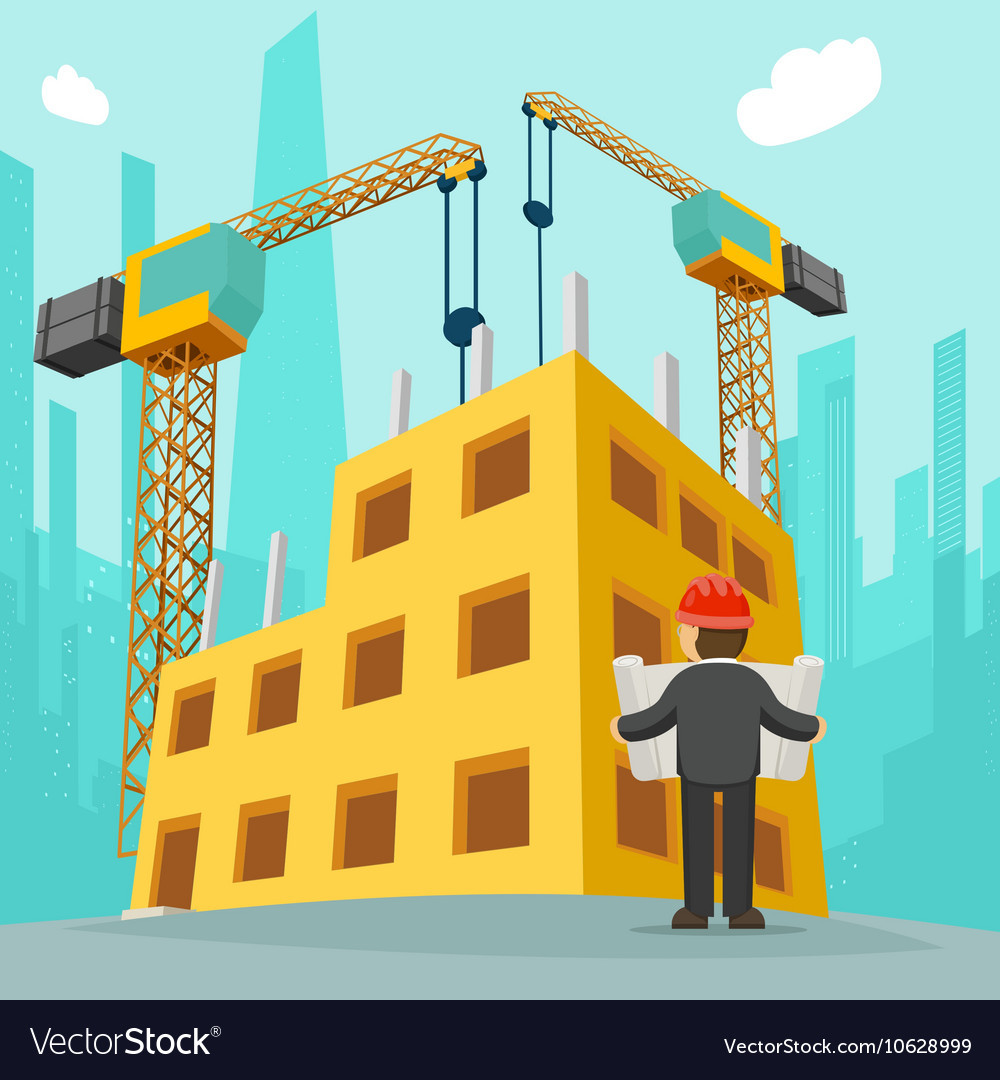Investor's Guide to Construction Boom

The government’s recently-announced tax amnesty for the construction sector is designed to embolden builders and investors to make housing and thus encourage economic activity in the country. It may not be particularly useful for people reeling financially but could prove a boon for those better off. Eos presents a step-by-step guide on how to maximise profits if you have money
It is hard to forget, even for a few moments, that we are living in unprecedented times. From journalists to politicians, to your uncle passing idle lockdown hours by forwarding unverified ‘news’ on WhatsApp, there is no shortage of people reminding us of the present moment’s uncertainty. Not that we need the reminders. With Covid-19 forcefully bringing routine life to a standstill and countries around the world reeling from the economic impact of government-imposed lockdowns and business closures, it is clear for anyone to see that we are experiencing history in the making.
Governments in developed countries have tried to step up, announcing various protection schemes to help businesses and people adversely affected by the crisis. But the problem is more acute in countries such as Pakistan, where governments do not have the fiscal space to launch wide-ranging social protection programs. Nonetheless, in an effort to offer some relief, the government of Pakistan has decided on incentivizing construction activity to offset the negative impact of Covid-19 on the economy.
An under-construction building near Lahore Railway Station | Arif Ali/White Star
The incentive package was introduced by the President of Pakistan by promulgating the Tax Laws (Amendment) Ordinance 2020 on April 17, 2020. What is novel about this package is that it grants amnesty in exchange for investing money in construction, thus using the money to create employment and generate economic activity. However, one need not have undeclared wealth to benefit from the package. The fixed low rate of tax incentivises anyone with capital to engage in construction activity.
Former US President Ronald Reagan had once quipped, “the government is the problem… if [the economy] moves, tax it. If it keeps moving, regulate it…” Apparently realising the same, the government of Pakistan has designed the construction package as an amnesty scheme to spur the private sector into construction by almost eliminating taxation, minimising regulation and reducing the role of the government. The government hopes that the package will have the intended effect on the value chain and employment.
Related: Who will benefit from the relief package for the construction industry — the vulnerable or builders and developers?
There are some good reasons to think this. The construction industry, due to its linkages with manufacturing, warehousing, transportation, retail and rental, along with maintenance and servicing of constructed property, has a far-reaching impact on the general economy. The number of industries associated with the construction value chain can range from 23 to 80, depending on which government minister is making the statement. The impact of the construction industry on employment cannot be overstated. The construction of 100,000 flats annually in Karachi alone puts 360,000 labourers to work, according to a piece published on Karandaaz Pakistan’s online blog. In addition, the sector employs engineers, architects, contractors and other service providers who are directly related to construction activity.
In the aftermath of the Great Depression, the US government adopted the National Housing Act 1934 to spur construction. President Roosevelt said the act’s aims were, “First, to return many of the unemployed to useful and gainful occupation; second, to produce tangible, useful wealth in a form for which there is great social and economic need.” The Pakistan Tehreek-i-Insaf (PTI) government has similar objectives for introducing the construction incentive package.
Labourers working on an under-construction residential project in Karachi | Fahim Siddiqi/White Star
But this article will not calculate the economic activity that will be created by this ordinance, leaving that to economists. Neither will it do a clause by clause analysis of the ordinance. It will, instead, focus on the ordinance’s urban residential construction section, and may serve as an introductory guide for the readers of this newspaper and small investors on how they can maximise the benefits from the package.
Since the package has been announced, many have asked who will benefit from it. One obvious answer is big builders and investors.
But are these large developers the only ones who can benefit from the package? Encouragingly, the short answer is no (of course, the longer answer is more complicated). Undoubtedly, the real winners will be builders and investors with big money, but even relatively smaller investors can benefit from the incentives.
So, let’s see how to get the most out of the potential construction boom in Naya Pakistan. If you have the money, that is.
For a project to qualify for the incentives, it has to be registered with the Federal Board of Revenue (FBR) before December 31, 2020. The projects that were already under construction before the promulgation of the ordinance, are referred to as ‘existing’ projects. The projects that will commence after the promulgation of the ordinance, are referred to as ‘new’ projects.
To qualify as a new project, the construction should commence before December 31, 2020. Both new projects and existing projects should be completed before September 30, 2022 to avail the benefits under this ordinance.
A building project will be deemed complete when the map-approving authority, or the National Engineering Services Pakistan (Nespak), has certified that the grey structure is complete, and the roof of the top floor has been laid on or before September 30, 2022. Hereinafter, any reference to existing or new projects in this article will refer to projects that have been registered with FBR under the ordinance.
Business cards

our sponsors

